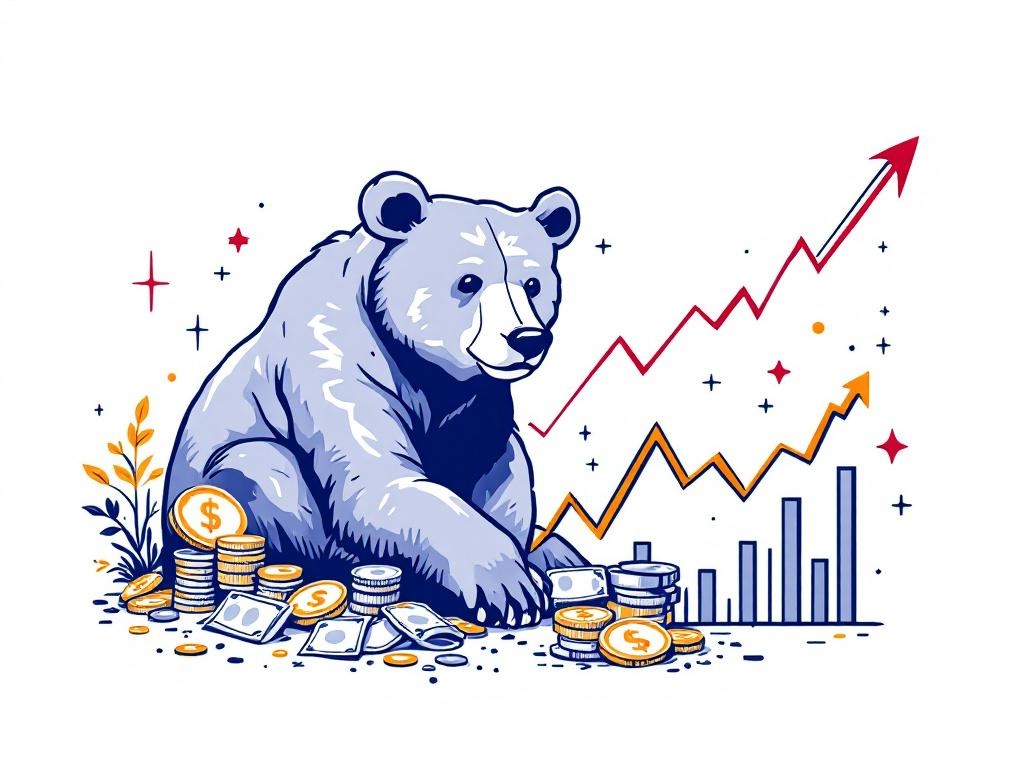Bear Markets Historically Last Over 11 Months, New Data Reveals

New York, Tuesday, 3 June 2025.
Recent findings show that bear markets have historically averaged 11.4 months, with stock market downturns of approximately 35%, advising investors to brace for prolonged volatility.
Historical Patterns of Bear Markets
Historically, bear markets have lasted an average of 11.4 months, suffering a typical decline of about 35% from peak values. Such patterns have been extensively analyzed by financial experts from Yardeni Research, emphasizing that these market downturns occur every approximately 3.5 years [1]. Despite achieving full recovery within 3.1 years on average, the interim period can be marked by significant challenges for investors [1][2].
Recent Market Volatility and Economic Consequences
Recent market analyses highlight that the U.S. consumer confidence improved marginally in May 2025, following a five-month downward trend, although fears about inflation due to tariffs persist [2]. On the corporate front, some companies continue to benefit from the renewed imposition of tariffs that lifted specific sectors in late May [3]. These conditions have cultivated a landscape fraught with potential risks and opportunities, urging investors to remain vigilant about fiscal policy influences and potential bear market triggers in the near future [4].
Strategic Implications for Investors
With inflationary pressures and restrictive monetary policies as key drivers, predictions for 2025 suggest heightened risks of entering a bear market. Investors are thus advised to consider defensive investments such as dividend stocks, which provide both stability and growth potential through regular payouts [5][6]. Additionally, diversifying asset portfolios and utilizing strategies like dollar cost averaging might help mitigate potential losses while positioning for recovery post-bear market [7].
The Role of Economic Institutions and Policy
Institutions such as Moody’s have recently downgraded the U.S. credit rating, citing concerns over rising debt levels, which adds layers of complication to the broader economic outlook [8]. Concurrently, the Federal Reserve’s policies remain pivotal in moderating bear market impacts, with decisions on interest rates influencing investor confidence and market behaviors [9]. As these dynamics unfold, economic stakeholders and policy analysts must closely monitor developments to formulate actionable insights for navigating emerging trends.